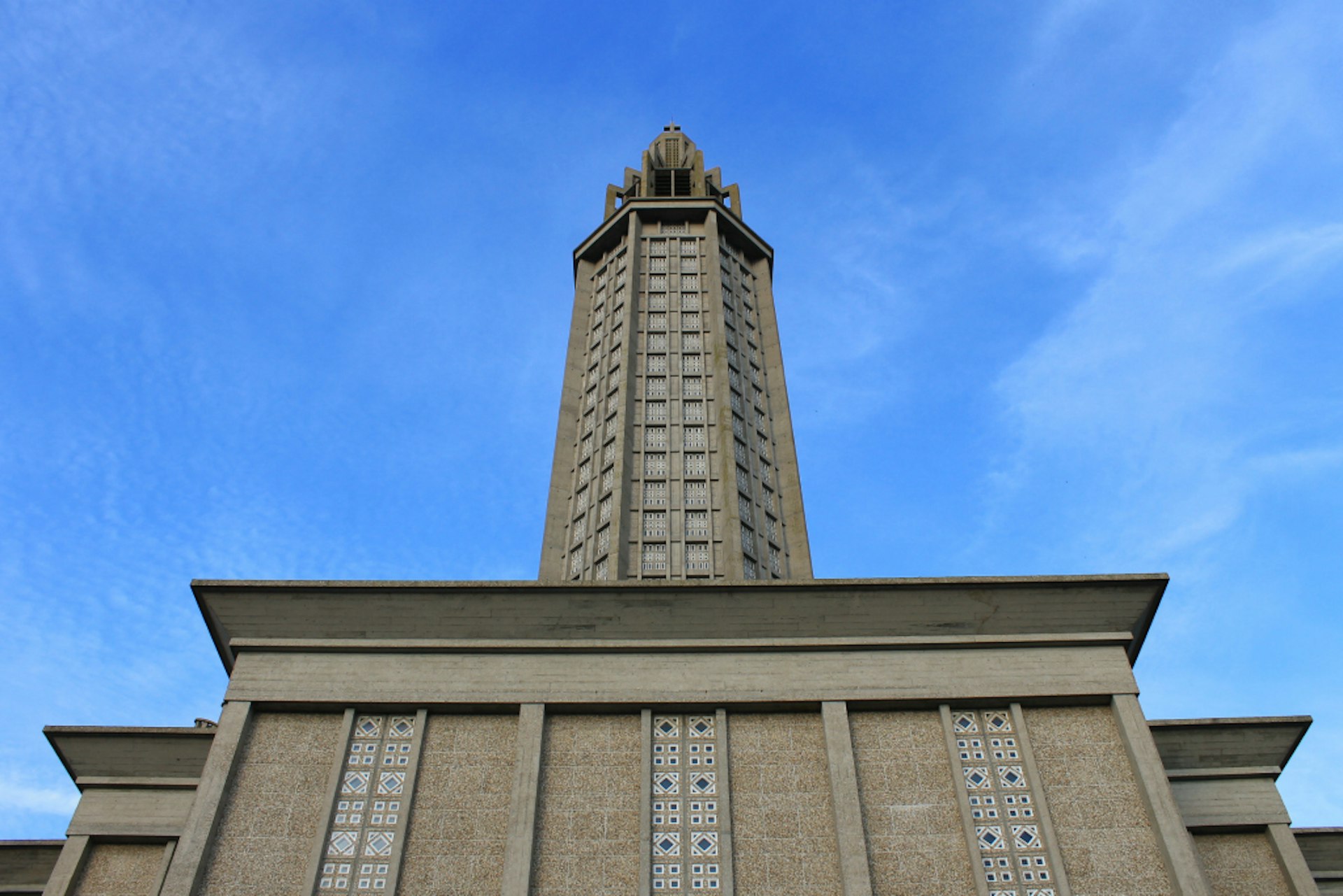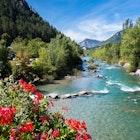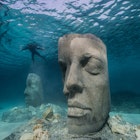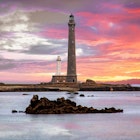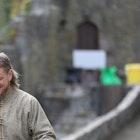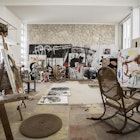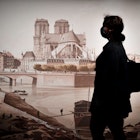The Normandy port of Le Havre, where the River Seine finally spits out into the English Channel, was once a city of grand boulevards and stately cathedrals, but sadly much of its original architecture was destroyed by WWII bombs.
Slowly rebuilt in the striking architectural style of modernism, the 500-year-old city soon rose from ashes to become one of France’s most extraordinary 20th-century urban designs.
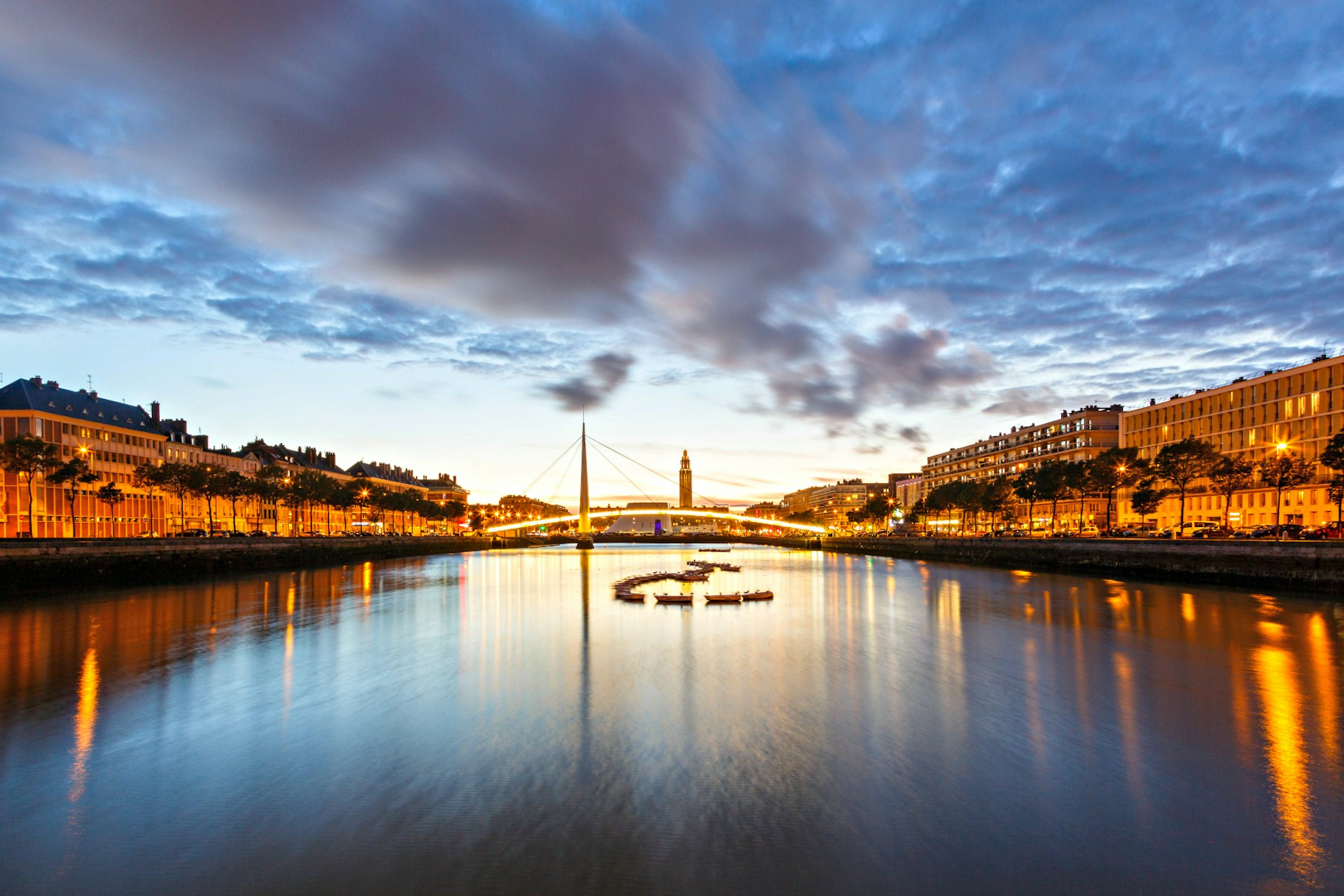
After its completion, the avant-garde architecture of the now unrecognisable port city was initially given mixed reviews by critics. But not unlike a fine French Bordeaux, Le Havre’s exceptional qualities took a few years to realise - embodied by its bold designs that embraced a new form of urbanism.
Unesco, which made Le Havre a World Heritage site in 2005, helped lead the way, and the city has since reclaimed its place in the spotlight, attracting architecture fans from across the globe. Although Le Havre lacks the medieval atmosphere found in other parts of Normandy, there’s no city like it anywhere in France. Here are a few suggestions for first-timers to make the most out of Le Havre.
Amble past Le Havre’s best architectural sights
One of the best ways to take in the architecture of Le Havre is on a stroll through the city centre. The light is best in early morning or around dusk, when the buildings have a faint roseate glow. No mere trick of the imagination, locals used pulverised red brick from destroyed city buildings in the new construction, which helped cement a link to the past.
On a day of exploring, you can take in grand plazas, blocks of artful symmetry and cunning designs that evoke something far beyond stone and concrete. Even the disused hilltop fortress, a 1km stroll from the city centre, has been converted into Jardins Suspendus, a peaceful oasis of flower-filled gardens and greenery.
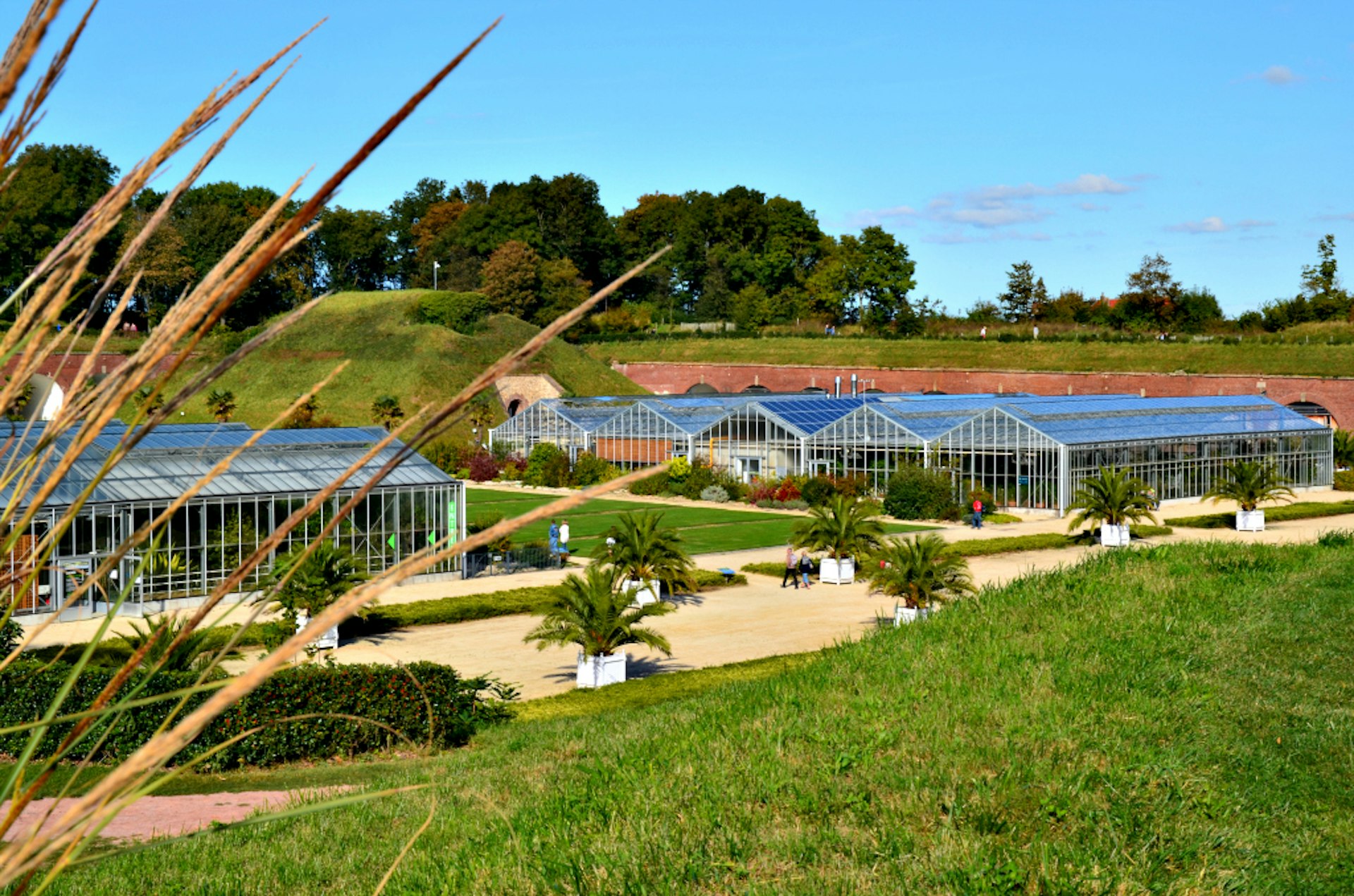
Take in the heart of the city
Spread across five hectares, the Town Hall Square (Place de l’Hotel de Ville) is the grand epicentre of downtown, and one of the largest squares in Europe. This vast plaza is also an appropriate introduction to Le Havre. It was designed by Auguste Perret, the mastermind behind much of the city's post-war design.
Gardens, fountains and sculptures lie at the centre of this light-filled space, with a periphery of striking modern buildings that create a remarkable sense of harmony. The pièce de résistance is the Town Hall, a stolid 72m-high tower that’s visible from the sea and one of the icons of the present-day city.

Experience a cultural eruption at The Volcano
Formerly known as the Niemeyer Cultural Centre, this sculpture-like edifice was one of the city’s most astonishing sights when it was unveiled back in 1982. Rising from a small square just off the Rue de Paris, its voluminous base and sweeping curves tapering skyward quickly earned it the moniker Le Volcan (the Volcano).
Oscar Niemeyer, the visionary architect behind Brasília and one of the grandfathers of modernism, came up with this unusual work - one of his few designs outside of Brazil. On one side of the building a larger-than-life hand reaches out, with a fountain flowing beneath. This is a cast of Oscar Niemeyer’s own hand, a remarkably personal record of the architect’s involvement in the work.
Today Le Volcan (the name was officially changed in 1990) houses a theatre and a public library. The luminous white facade, with its captivating lines, looks better than ever following an extensive renovation project completed in 2015.
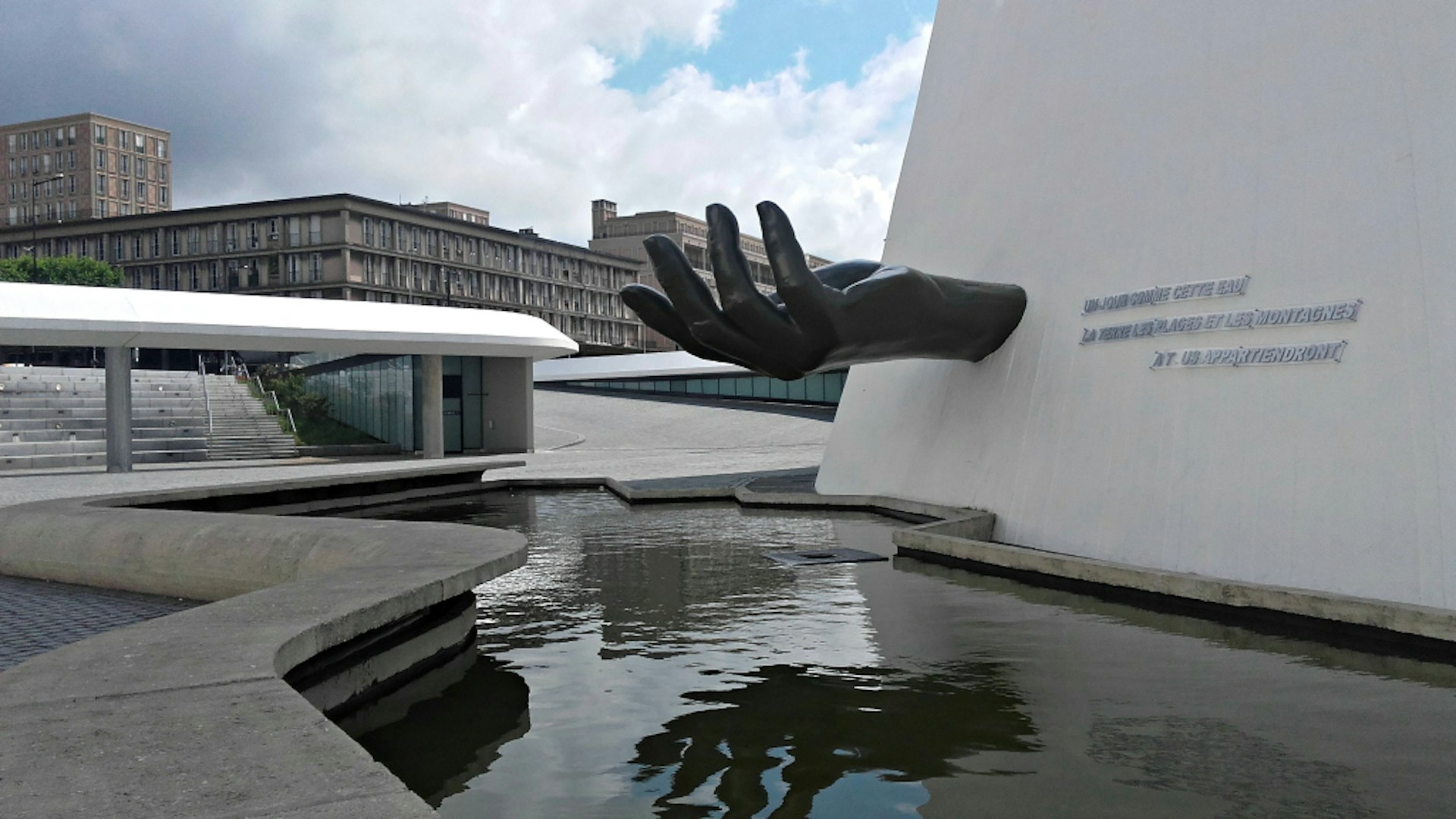
A portrait in 1950s living
Take a step back in time by visiting the Appartement Témoin Perret (the Perret show flat). This fully furnished apartment gives a taste of family life during the post-war boom years. All the pieces hail from the 1950s, from the gas stove in the kitchen to the record player in the living room.
There are clothes in the closets and the table is set, the only thing missing is the family - though the tour guides do a fine job bringing those absent characters to life. All in all, it’s an intimate portrait of Le Havre and fine counterpoint to the more abstract architecture outside those sun-drenched windows.
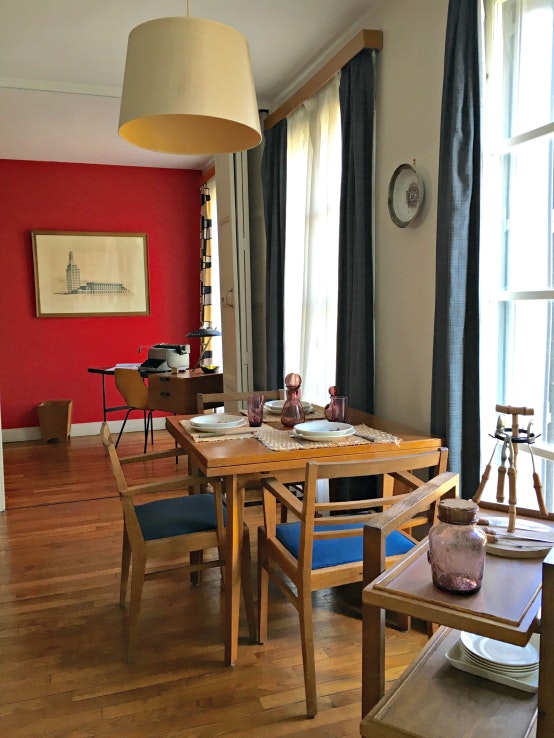
Visit Le Havre’s spiritual beacon
If there’s one building that can’t be missed in Le Havre, it’s the Église de St-Joseph (St Joseph’s Church). The monumental facade, with its 107m-high tower, is visible all over town, and glows like a lantern against the dark night sky. The interior breaks all conventions, with few statues of saints or other Catholic iconography, and an altar placed at the centre of the building, its lantern tower soaring into the heavens above.
Of course, the design might have seemed overly bleak if it wasn’t for the marvellous stained glass windows lining the tower. These are the works of Marguerite Huré, who used some 13,000 pieces of stained glass - all created using mouth-blown techniques, just like in the Middle Ages. The brilliant use of colour creates different moods depending on the time of the day and the changing position of the sun.
It’s a place worth lingering, and indeed there’s a deeply meditative quality to the play of red, gold and lilac hues on the unadorned walls. St Joseph’s was Auguste Perret’s magnum opus and built as a memorial to the thousands of civilians who perished during the bombing of Le Havre.
